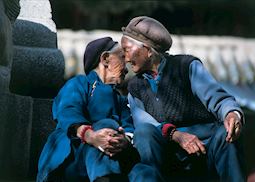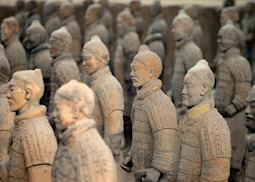Written by Chris
China, Central Asia & India specialist
China is vast — almost the size of Europe — with a long, rich history, so it's unsurprising that it offers such diversity. This makes it an astounding destination, offering architecture, food, scenery and traditions to beguile every traveller. Here, our specialists reflect on what China means to them — and how best to see it.
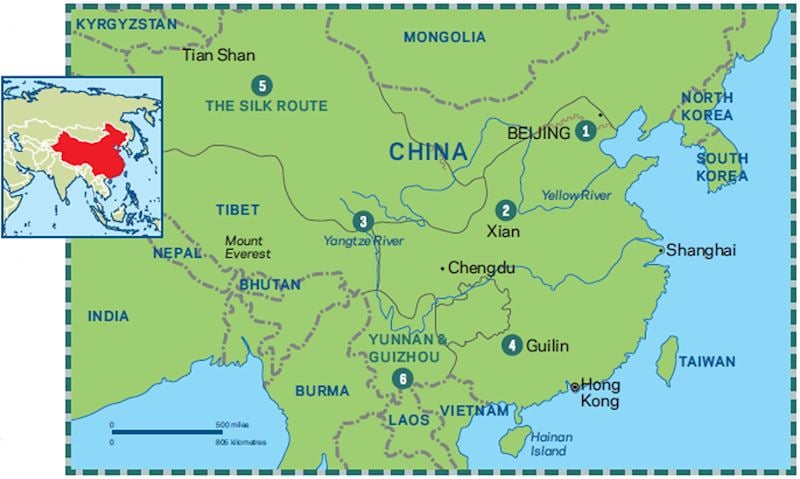
History
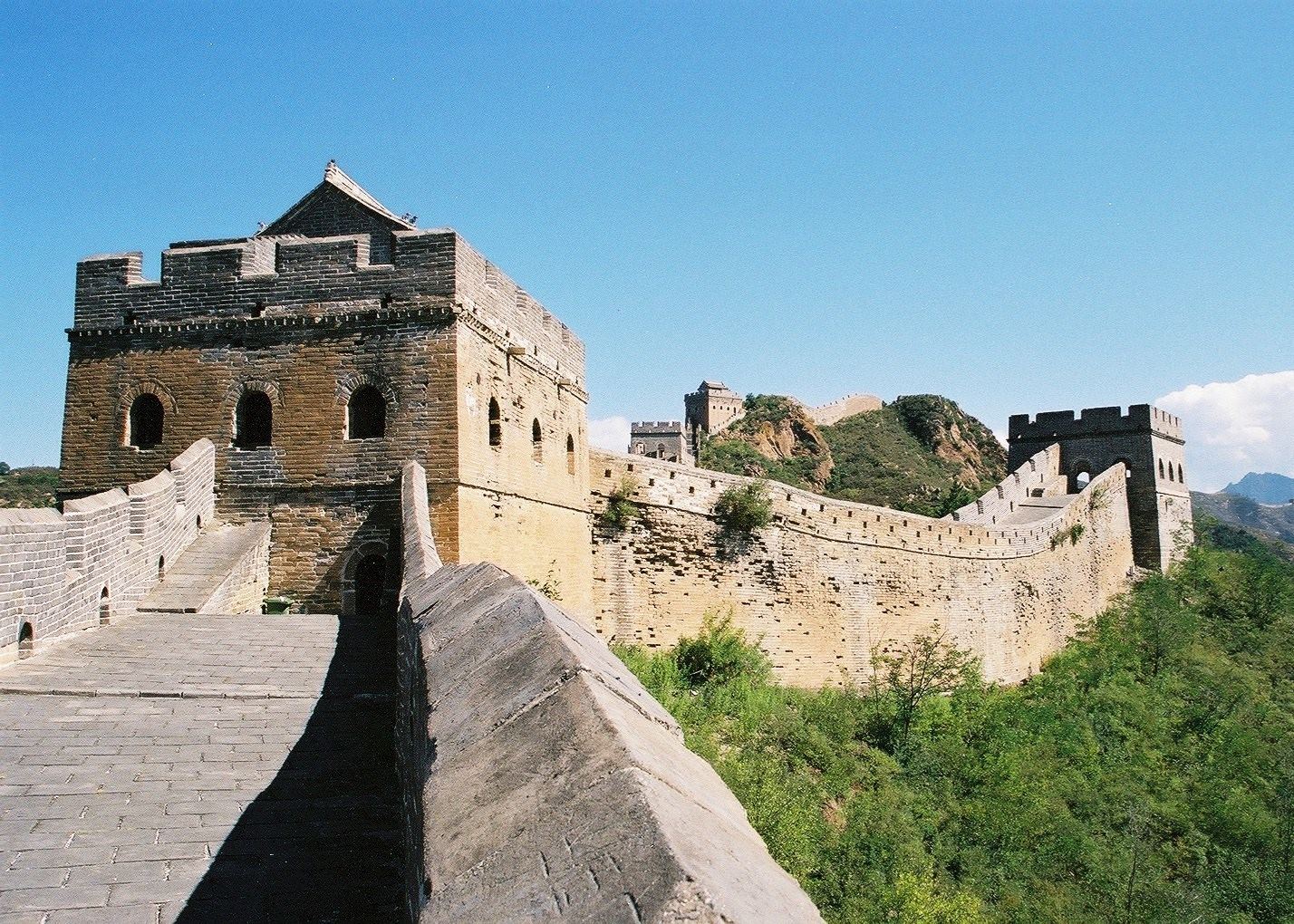 China boasts one of the oldest civilisations in the world, with landmarks and ancient sites that are thousands of years old. This, coupled with its successive warlords, dynasties and eventually the People's Republic, have made it a magnet for history lovers.
China boasts one of the oldest civilisations in the world, with landmarks and ancient sites that are thousands of years old. This, coupled with its successive warlords, dynasties and eventually the People's Republic, have made it a magnet for history lovers.
The capital, Beijing (see no. 1 on map), is replete with such wonders, foremost of which is the Great Wall of China, a magnificent feat of engineering and imperial control. We recommend that you access the quietest and most scenic spot by cable car and then walk along the wall, away from the crowds. In Beijing itself is the magnificent Forbidden City, an architectural wonder constructed during the Ming Dynasty as an Imperial Palace to hold the riches of the emperors. Today it is a huge museum.
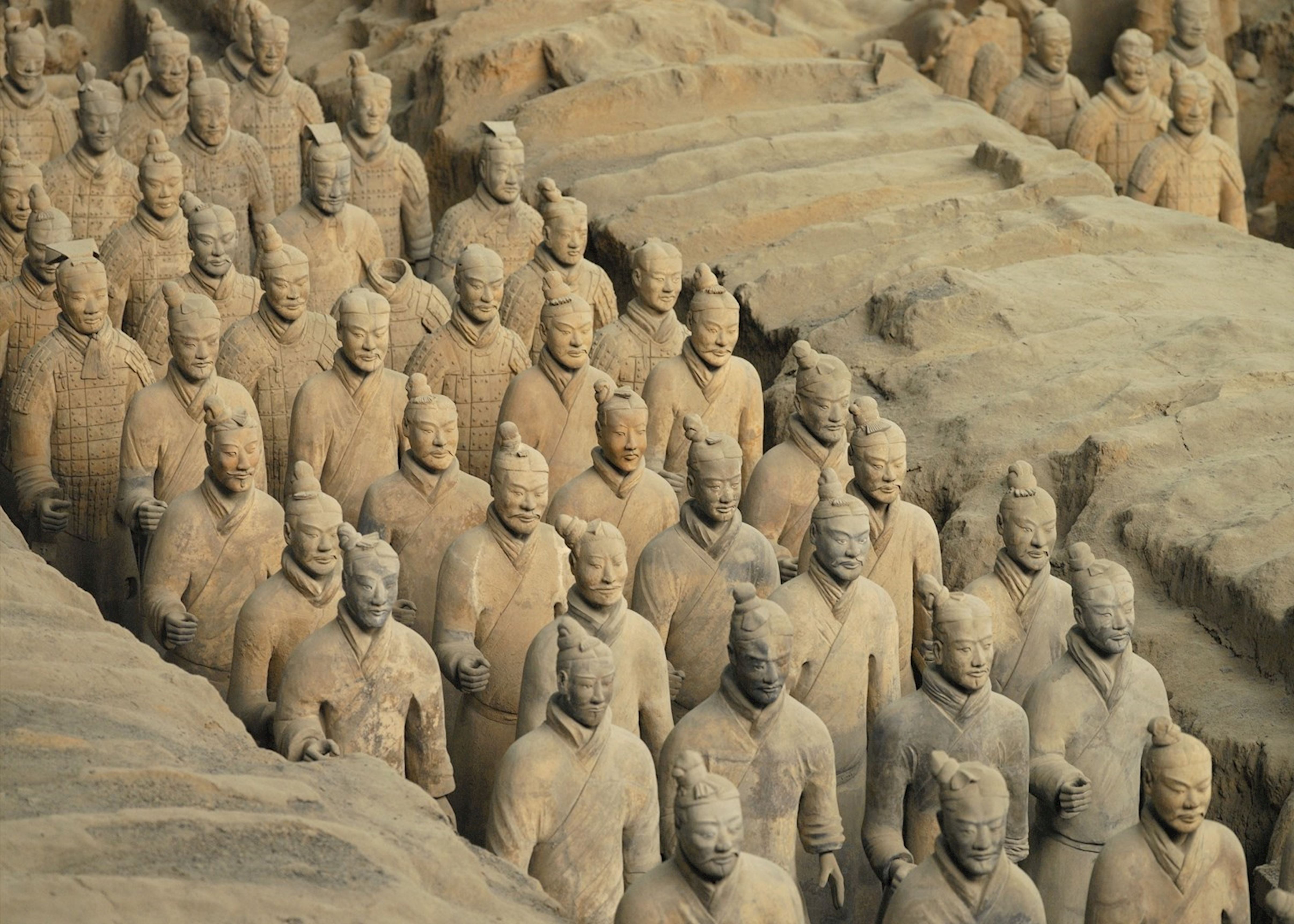 The Terracotta Warriors in Xian (see no. 2 on map) were discovered by a farmer: while digging in his garden he stumbled upon an intricate terracotta head. Since then, three of 18 plots have been unearthed, all filled with uniquely crafted warriors, horses and more dating back to 210 BC. From museums and temples to Buddhist cave monasteries, China's history is incredible in scope and condition, and offers history lovers an unparalleled treat.
The Terracotta Warriors in Xian (see no. 2 on map) were discovered by a farmer: while digging in his garden he stumbled upon an intricate terracotta head. Since then, three of 18 plots have been unearthed, all filled with uniquely crafted warriors, horses and more dating back to 210 BC. From museums and temples to Buddhist cave monasteries, China's history is incredible in scope and condition, and offers history lovers an unparalleled treat.
Landscapes
China's enormous size and geographical position — stretching from its northerly, Siberian borders to the Tropic of Cancer in the south, and from the East China Sea, to Central Asia in the west — gives it a greater variety of landscapes than perhaps any country on Earth. This wealth of visual diversity can be overwhelming, and is best understood by looking at China in terms of regions.
 The Yangtze River (see no. 3 on map), which runs west to east through the country, is an ideal marker. It divides the lush, green hills and countryside of China's south from the flatter, greyer northern heartlands, where you'll find many of the country's historical and architectural treasures, including the Temple of Heaven and the Forbidden City.
The Yangtze River (see no. 3 on map), which runs west to east through the country, is an ideal marker. It divides the lush, green hills and countryside of China's south from the flatter, greyer northern heartlands, where you'll find many of the country's historical and architectural treasures, including the Temple of Heaven and the Forbidden City.
China's southwestern Yunnan province, nestling along the Southeast Asian borders, provides a breathtaking array of differing landscapes within a relatively small area. Here, subtropical jungle gives way to the increasingly dizzying mountain peaks that continue on toward Tibet and the Himalaya. One of the top moments in China is hiking in the mountains surrounding Shangri-La, in the north of Yunnan, and being confronted by a breathtaking panorama of snow-capped peaks that stretch all the way to Tibet.
 Yet another spell-binding image of China — and one that has been the subject of Chinese art for centuries — is found in the Guilin region (see no. 4 on map). Here, countless limestone karst peaks rise vertically out of the rice paddies and the fertile plains, while the Li River winds its way through this awesome scenery. A boat journey to Yangshuo is the best way to take in the views in all their glory.
Yet another spell-binding image of China — and one that has been the subject of Chinese art for centuries — is found in the Guilin region (see no. 4 on map). Here, countless limestone karst peaks rise vertically out of the rice paddies and the fertile plains, while the Li River winds its way through this awesome scenery. A boat journey to Yangshuo is the best way to take in the views in all their glory.
The northwestern Silk Route region (see no. 5 on map) is culturally and visually akin to visiting another country entirely. As you pass through the Gobi and Taklamakan Deserts, it's almost incomprehensible to think that a century ago these vast distances would have been negotiated only by camel or horse.
People
Although the majority of China is made up of Han Chinese there is also a wealth of minority cultures spread far and wide. There are 52 'official' minority tribes within China, and each has its own culture, festivals, traditional costume and often its own language, which makes exploring the country absolutely fascinating.
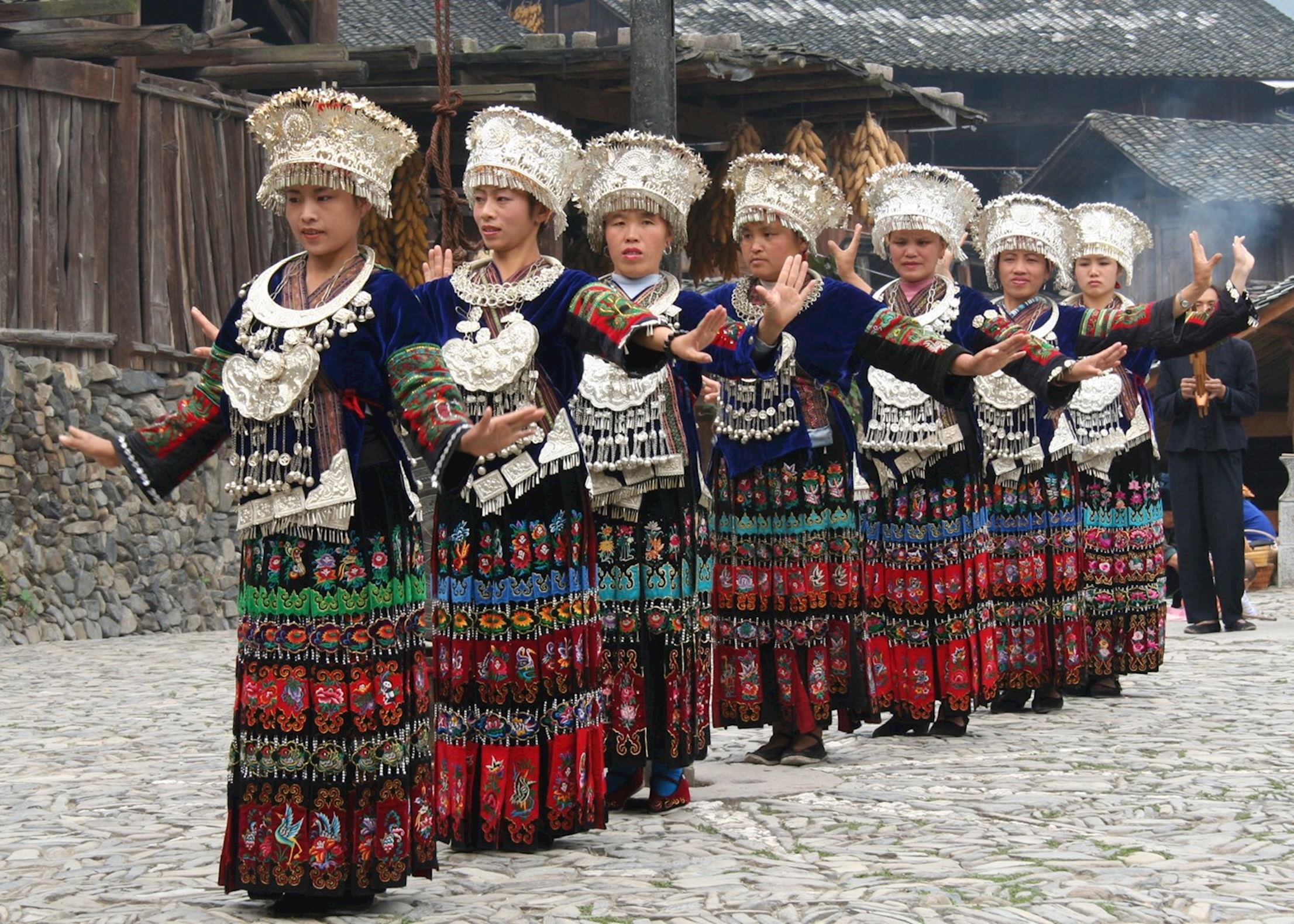 One of the most interesting ways to discover the country is by visiting ethnic minority festivals, which are usually a blaze of colour and lively dances accompanied by local musical instruments.
One of the most interesting ways to discover the country is by visiting ethnic minority festivals, which are usually a blaze of colour and lively dances accompanied by local musical instruments.
With China bordering so many different countries it has been directly influenced by the tribes and religions of its neighbours. Yunnan province (see no. 6 on map) in the southwest, which borders Tibet, Myanmar, Vietnam and Laos, has the highest proportion of minority groups in the country. Having historically traded produce such as tea with these countries, their influence is clear with a variety of cultures dotted around these traditional trading routes. As you travel north through the province you'll see a number of different minorities, evident in the varying foods, costumes and even religions, right up to Tibetan people around Shangri-La in the north of Yunnan.
Food
Chinese cuisine is world renowned and represents a good deal of the country's glorious culture and history. The 'waste not, want not' ethos present throughout China has bred an astonishing range and variety of dishes; every plant and animal is used, from bamboo shoots to chicken feet.
 For Westerners this can be overwhelming. However, if you are open-minded and adventurous then you may be surprised to discover that a dish you never thought you'd like could be the best meal you have in China. Some of China's better known dishes are Peking duck, spicy Sichuan hot pot, sweet and sour pork, and noodles, but these by no means represent all of China's extensive culinary offerings.
For Westerners this can be overwhelming. However, if you are open-minded and adventurous then you may be surprised to discover that a dish you never thought you'd like could be the best meal you have in China. Some of China's better known dishes are Peking duck, spicy Sichuan hot pot, sweet and sour pork, and noodles, but these by no means represent all of China's extensive culinary offerings.
Each of the numerous geographical areas has a distinct cuisine, born from the diverse climates and topography of the country, which produces different ingredients in each area. Some of the most famously distinct cuisines include the strong flavours and spicy dishes from Sichuan province in the southwest, the small but filling dim sum of Hong Kong, braised seafood and meat in the northeast and the herb and vegetable-orientated dishes of Anhui province in the east.
Itinerary ideas for a tailor-made trip to China
-
![Two old ladies, Beijing]()
Highlights of China: Beijing, Xian, Guilin & Shanghai
Get a taste of the Middle Kingdom, with time in Beijing and Xian, finishing with time exploring the scenery of the Guilin area.
-
![Great Wall at Jinshanling]()
Classic China tour
Experience classic China, including Beijing, Xian, Shanghai, and the Guilin region.
-
![The Terracotta Warriors, Xian]()
Classic China & Yangtze cruise
See China's main highlights including Beijing, Xian, Shanghai and Guilin, as well as relaxing on a Yangtze cruise.
Was this useful?




